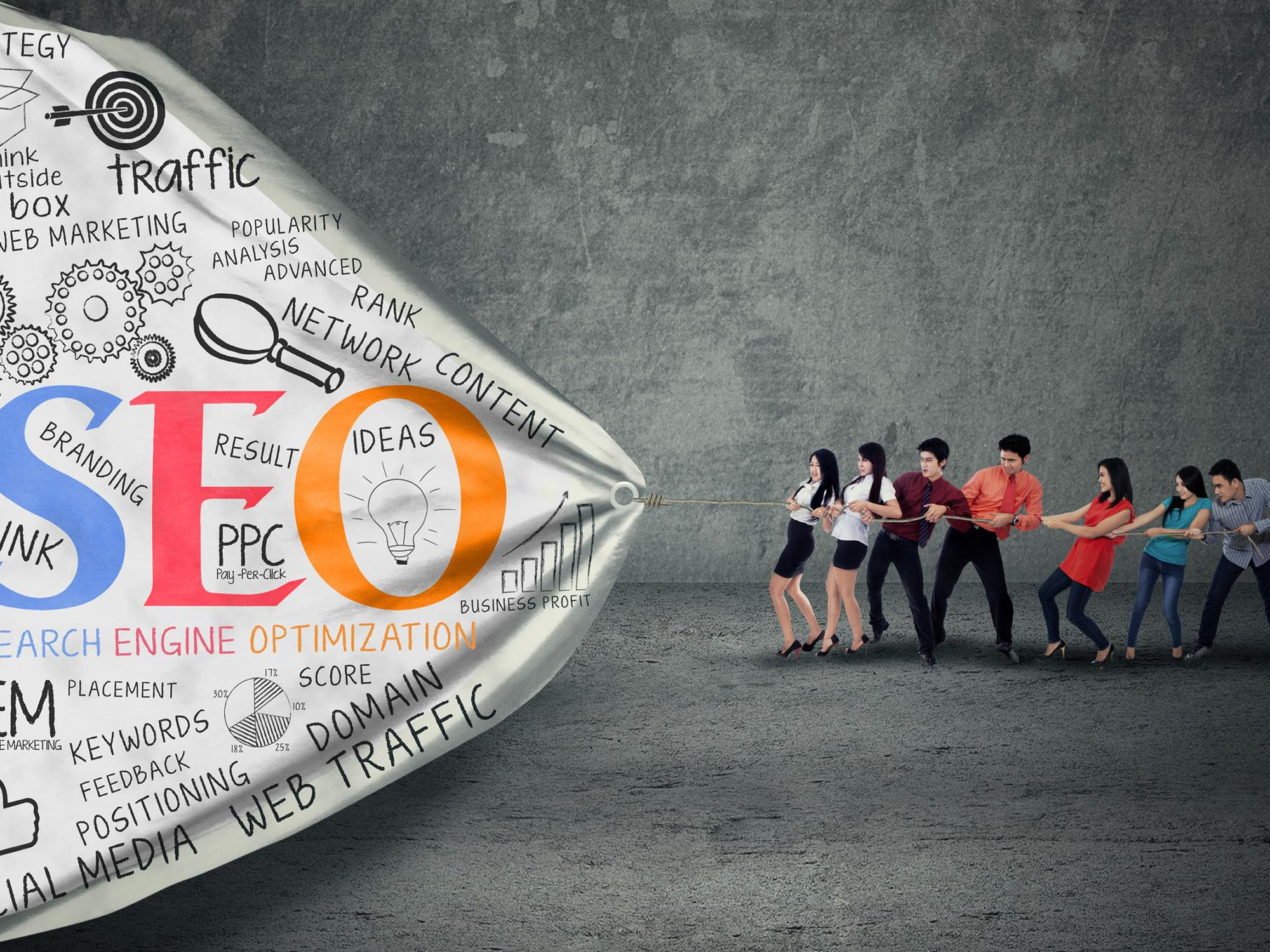Every year, we hear the same dramatic proclamation: “SEO is dead.” The latest iteration of this claim has been fueled by AI-driven search experiences and fluctuating organic traffic numbers. But let’s be clear: SEO is far from dead. It’s simply evolving, as it always has, to meet new search behaviors and technological advancements.
Clickbait vs. Reality: The True Story of SEO
The notion that SEO is “dead” is, quite frankly, a fear-mongering, clickbait narrative. Gartner shared ahead of their recent Tech Growth & Innovation Conference their prediction that by 2026, traditional search engine volume will drop 25%.
If you dig deeper into these arguments, the underlying truth has always been about optimizing for both human users and search engines, and that principle still holds true in an AI-driven world.
“Search engine algorithms will further value the quality of content to offset the sheer amount of AI-generated content, as content utility and quality still reigns supreme for success in organic search results.”
– Gartner
Yes, AI-powered search engines like ChatGPT and Gemini are changing how users discover content. Our analytics and attribution benchmarks and reporting will continue to shift, but showing up in AI search results still relies on the same core SEO principles: producing valuable, well-structured, authentic and authoritative content that aligns with user intent.
SEO + AI = A New Frontier
We all get it – we are no longer optimizing just for traditional search engines like Google, Yahoo, Bing, etc. but for the growing AI-generated response tools. While marketers have yet to settle on the preferred acronym (we’re looking at you AI Optimization (AIO), Answer Engine Optimization (AEO), or Generative Engine Optimization (GEO)), it’s the newest layer in marketing algorithms for teams to adapt to.
While SEO’s goal is to increase organic traffic, GEO’s (or AIO’s or AEO’s?) goal is to ensure content is used as a source for AI responses.
AI tools extract information from structured, well-formatted content. This means factors like HTML structure, schema, and on-page content optimization still play a significant role.
For example, AI-generated summaries often pull from clearly defined lists, meaning that correctly formatted HTML lists can improve visibility in these results. But this isn’t about gaming the system. It’s about structuring content in a way that enhances user experience while also making it AI-friendly.
Businesses that continue to prioritize their end users, will continue to grow and thrive in this new era.
The Customer-Centric Approach: Thinking Like Your Target Personas
SEO and AI-driven search are simply the results of a deeper strategy, thinking like your customers. The best digital marketing efforts begin by stepping out of your perspective and into the mindset of your audience. Historically, the power of search was that it forced businesses to consider how people actually look for information. This shift in perspective ensures content is not just optimized for algorithms but is genuinely useful and relevant to the user.
If you focus solely on chasing SEO rankings or AI visibility, you risk missing the bigger picture: delivering real value. When businesses prioritize understanding their customers’ needs, pain points, and search behaviors, they naturally create content that performs well. SEO success is a byproduct of customer-first thinking combined with standard formatting and structure best practices—not the other way around.
Succeeding in AIO/AEO/GEO is similar to SEO best practices:
- Mind what you EEAT (Experience, Expertise, Authoritativeness, and Trustworthiness): EEAT is still a great methodology to ensure credible, unique content. Site your sources and use data, especially if it’s proprietary to your company.
- Write like a human, for humans: Being succinct, and straightforward is easier on your human-readers and the algorithms scanning your content.
- Continue SEO Best Practices: Search isn’t going anywhere. While the dust settles on how AI tools deem content and sources authoritative, stick with SEO on-page, off-page, and technical best practices to guide you during these shifting algorithms.
SEO and Attribution in an AI-Driven World
One challenge businesses now face is tracking traffic and attribution when AI-driven search results provide direct answers. Historically, a user would search for information, click a link, and land on a website, allowing for clear attribution.
As marketers, many of us have lived through the ever-changing privacy and tracking regulations. Think of AI-generated answers and attribution as another flavor in the ever-evolving site attribution recipe. Now, AI-generated answers may deliver the information directly, leading users to visit sites without a traceable referral link.
This makes tracking inbound traffic more complex, but not impossible. Some AI platforms, like ChatGPT, have started adding referral parameters to their sourced URLs, allowing partial attribution. With Direct channel attribution continuing to grow, teams should focus on optimizing their conversion funnels to track user behavior once visitors arrive on their site and follow best practices for backlinks to attribute what we can control.
The Death of Marketing Channels: A Recurring Myth
If we believed every claim that a marketing channel was “dead,” we would have abandoned email marketing over a decade ago. (Yet, email remains one of the highest ROI channels available.) Similarly, SEO has evolved over the years, through algorithm updates, mobile-first indexing, and now AI-driven search, but it remains a critical component of a successful digital strategy.
Rather than declaring SEO dead, the real takeaway is that marketing teams must adapt (as always). SEO now includes optimizing for AI (and whatever new acronym we dub this practice), structuring content for machine readability, and refining attribution models. The companies that continue to prioritize valuable, user-focused content will not only survive but thrive in this new landscape.
SEO isn’t dead. It’s just growing up.



